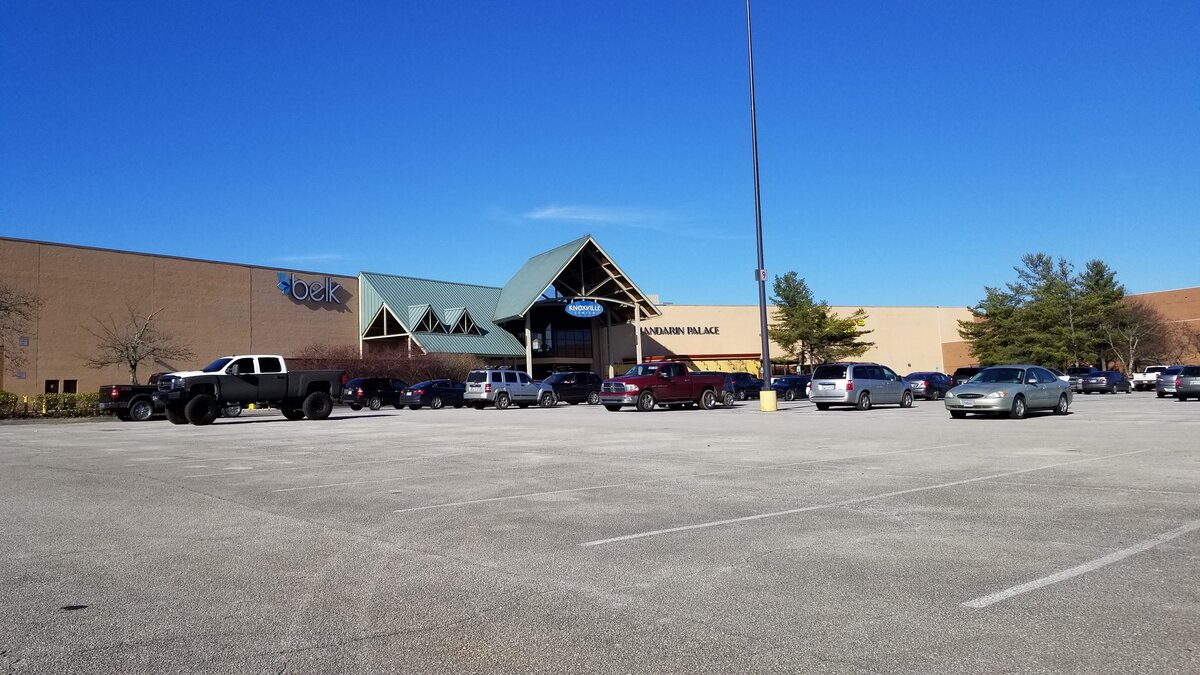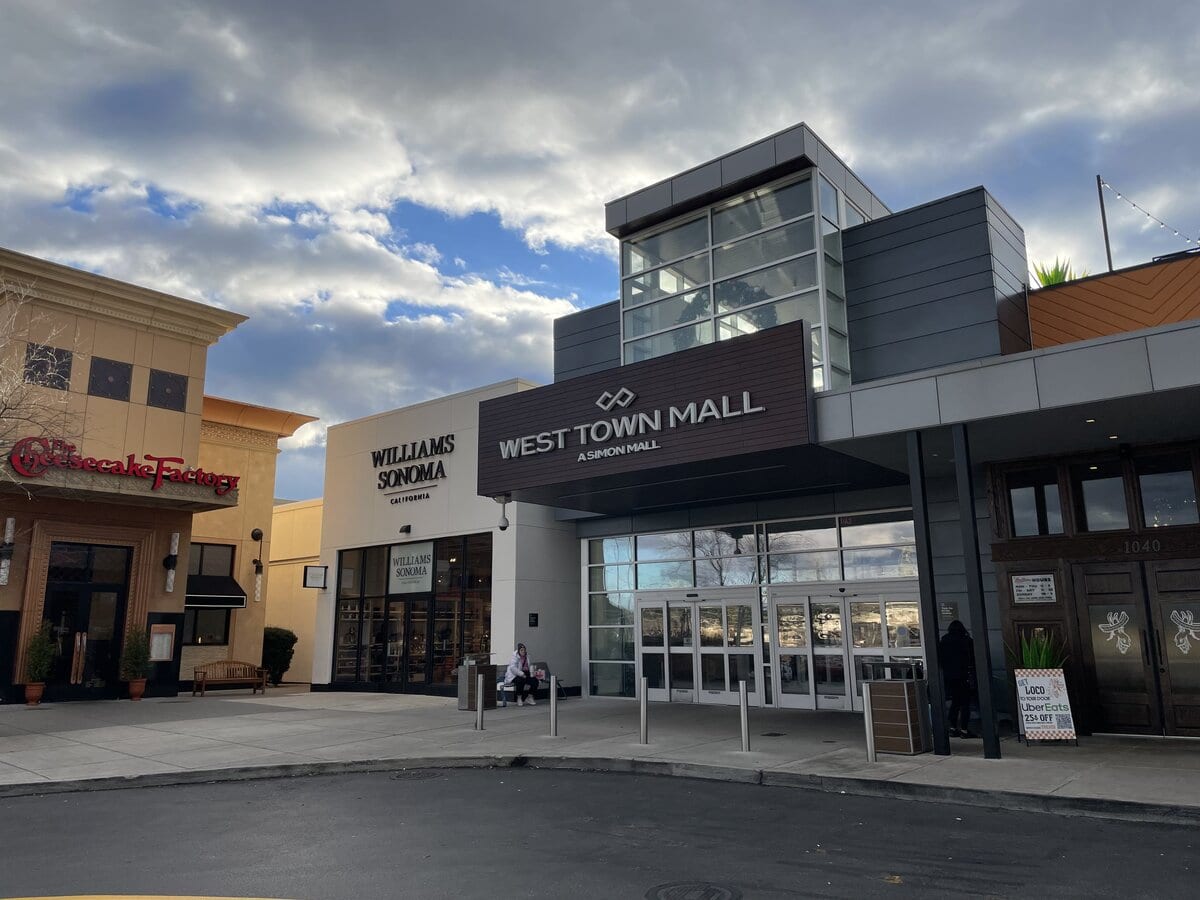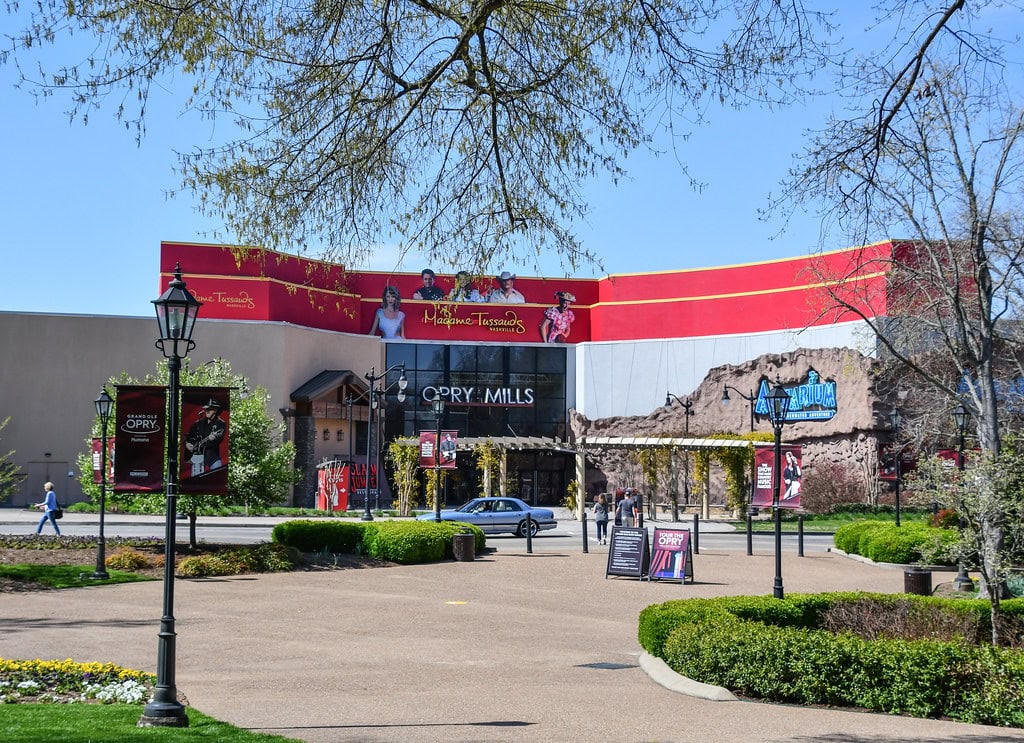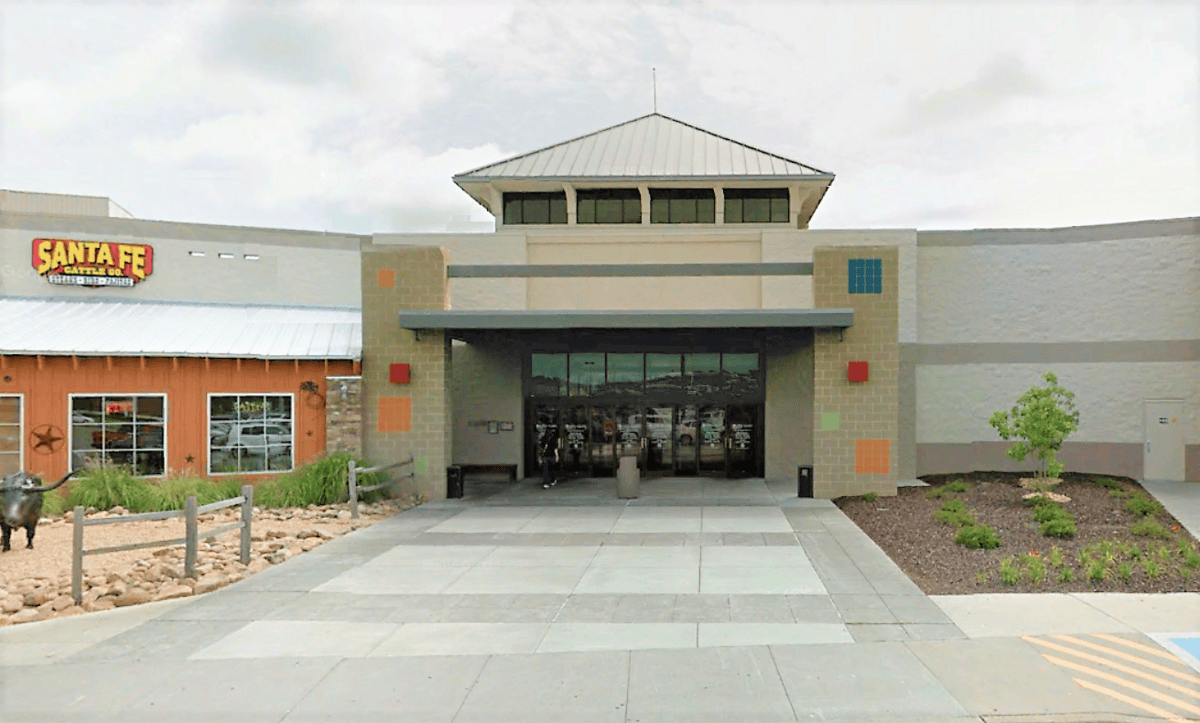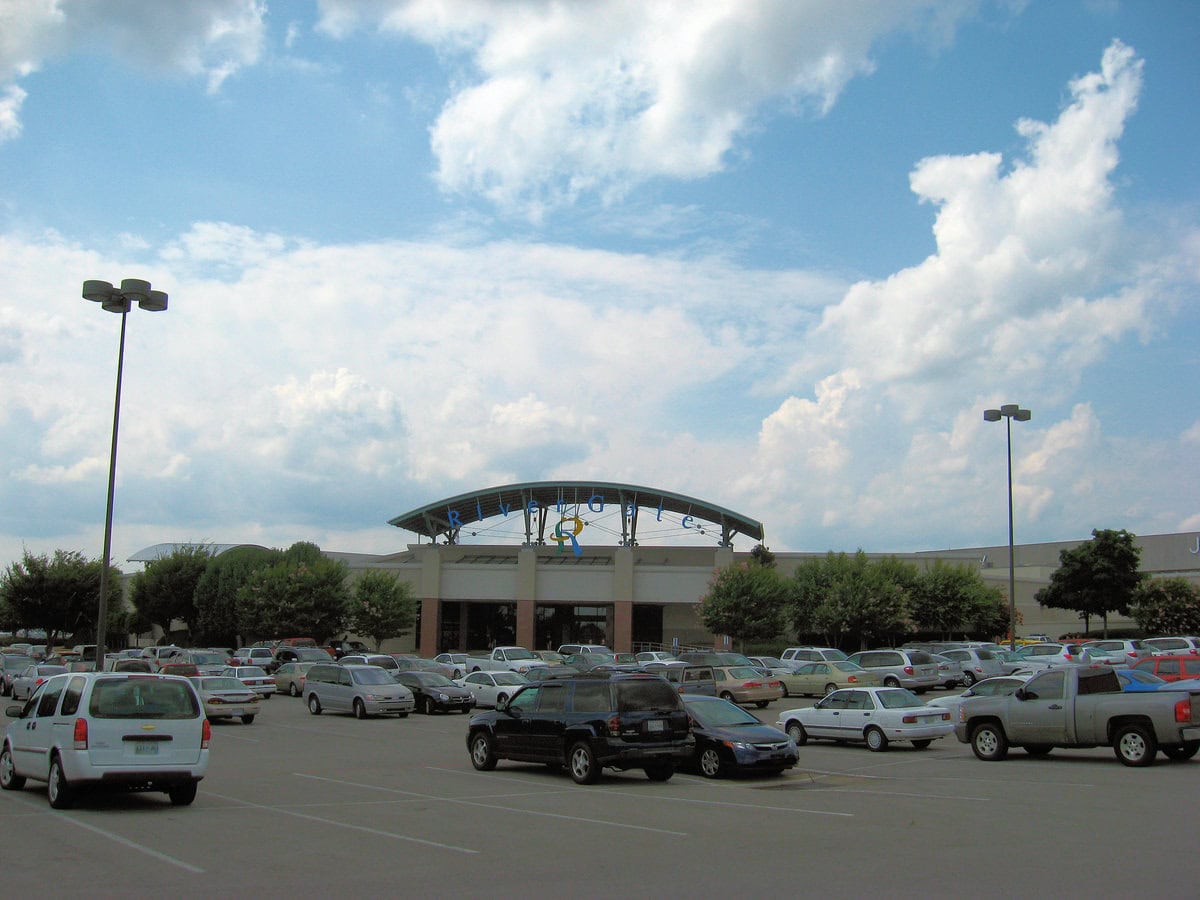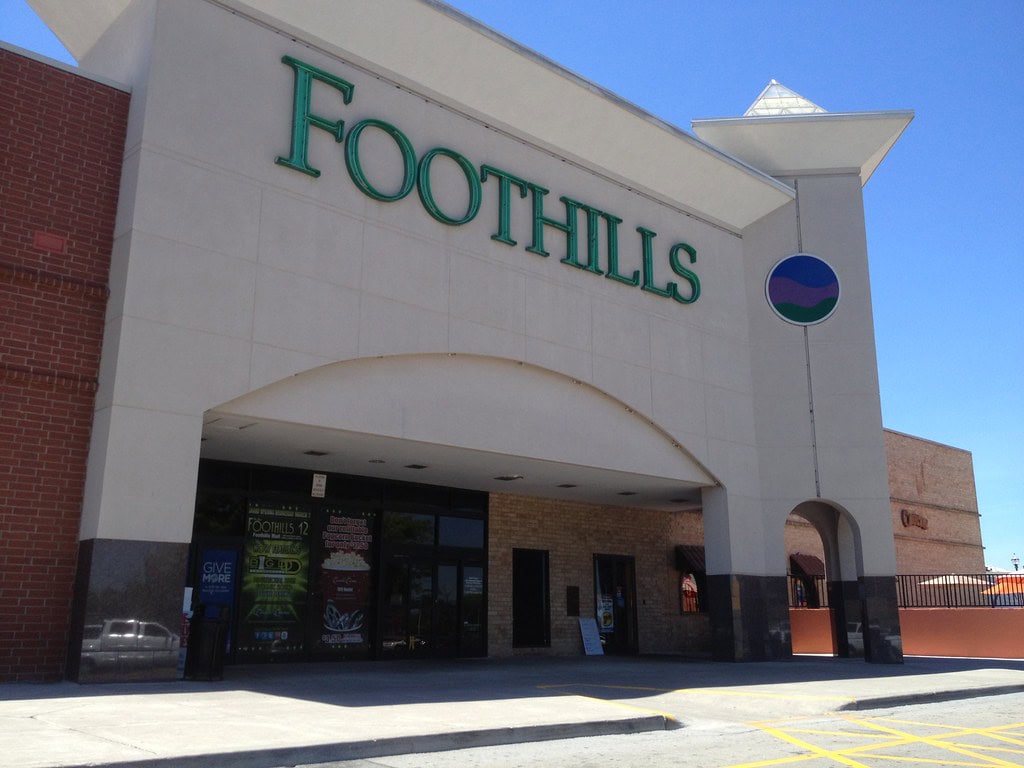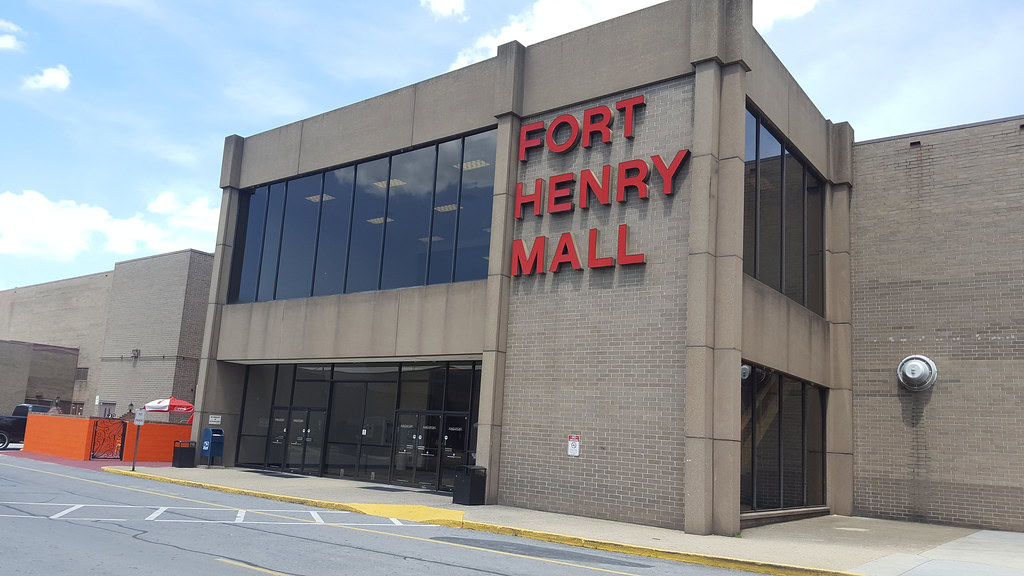A Bell Tower, A Grave, A City That Changed
You can still hear the echo of Knoxville's older ambitions in the shape of the Knox County Courthouse.
The 2.5-story brick building with its towering clock rose in 1886, back when fireproof meant brick and confidence meant adding a 2,500-pound bell.
Long before the City-County Building arrived in 1980, the courthouse stood at 300 Main Street, handling trials, deeds, taxes, and more. These days, it's quieter, but not forgotten. It's still on the list of things to do in Knoxville, Tennessee.
Rebuilt, Replaced, Burned Again - Early Courthouses Before 1886
The Knox County Courthouse now sits on Lot 36 of Charles McClung's original 1791 plat of Knoxville.
That alone tells you the land has held stories long before the red-brick clock tower ever ticked.
Across the street on Lot 37 stood the first Knox County Courthouse, set aside by city founder James White.
Completed around 1793, the building didn't last long.
According to Thomas William Humes, a "frolicsome Irishman" torched it, and few objected.
A replacement rose in 1797. That second Knox County Courthouse lived long enough to appear in a George Washington Harris short story.
Harris described a gable-fronted stone box with mismatched chimneys, whittled doorframes, and "ghosly echoes." It sounded like a building waiting to be torn down, and by the 1830s, local politicians agreed.
By 1839, Knox County was building again.
This third version was Federal-style with Greek Revival accents, built by John Dameron and Drury P. Armstrong.
Finished in 1842, it offered a bit more permanence and style.
Still, by the 1880s, even that one looked outdated next to the newer commercial buildings appearing in downtown Knoxville.
The decision to start fresh didn't come lightly, but the county needed more space, better fire protection, and a building that didn't carry the wear of half a century.
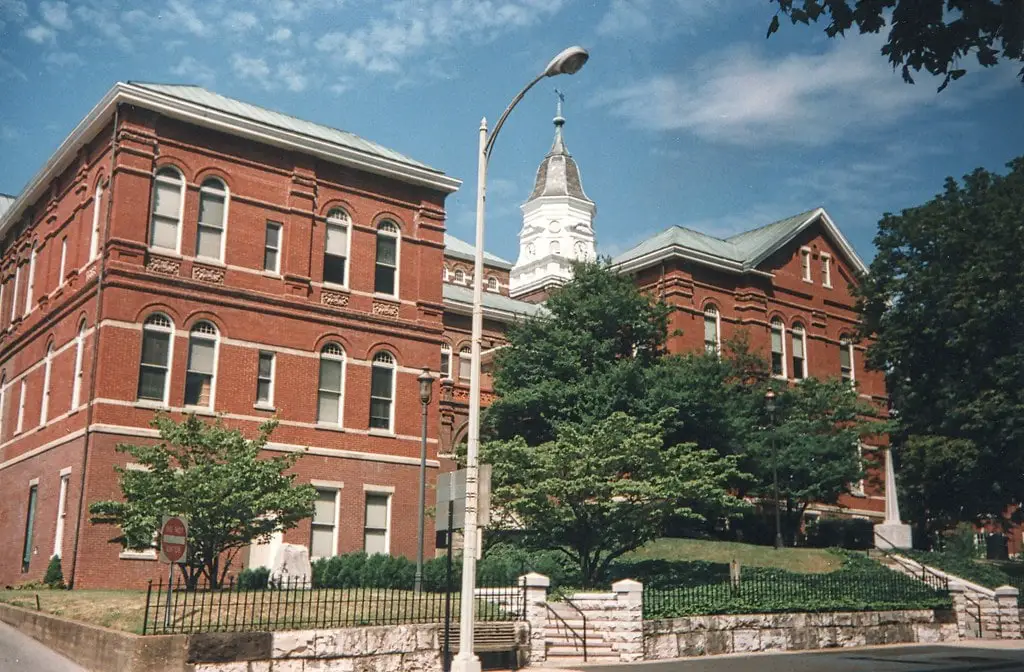
Breaking Ground and Budget - The 1886 Courthouse Goes Up
The fourth Knox County Courthouse didn't rise on tradition alone.
It began with a real estate deal in 1884, when Knox County bought the lot just across from the old 1842 building.
That land had held the Mansion House, a sizable hotel.
The county cleared it, then turned to Stephenson and Getaz for construction.
They were a local firm, but the design came from Palliser and Palliser, an architectural company based in New York.
That pairing, local hands and outside plans, shaped what followed.
By 1886, the Knox County Courthouse opened at a reported cost of $82,000.
It was marketed as fireproof and included one standout detail: a 2,500-pound bell.
The architects didn't settle on one style. The clock tower leaned Colonial.
The porch and balcony carried Gothic elements, like quatrefoil designs that still hold up under close inspection.
It was tall for the time. Built with brick, 2.5 stories high, and capped by that clock, it gave a newer face to county government.
The building didn't stay frozen in its 1880s form.
In 1919, the county added east and west wings that ran parallel to Main Street.
The expansions reflected a larger Knoxville and heavier administrative load.
Even then, the original structure wasn't gutted. Instead, it adapted, keeping the tower and basic layout intact.
Some interior details changed, but the bones stayed.
More than anything, the Knox County Courthouse became a fixture by holding its ground, without constant redesign, without moving out of the city center.
After the Bell - What Stayed and What Left After 1980
By the late 1970s, the building had done nearly a century of public service.
In 1980, most county government functions moved to the newly completed City-County Building on Hill Avenue.
The shift wasn't quiet. Talk started up about tearing the Knox County Courthouse down.
Some saw it as outdated, a leftover from an earlier Knoxville. That didn't sit well with everyone.
Preservation efforts came quickly, led by Knox County Executive Dwight Kessel.
He made a case for keeping the courthouse and using it for county offices.
The movement gained enough ground that the wrecking ball never arrived.
Offices moved back in, among them the county clerk.
Others followed. The building no longer handled trials or housed judges, but it stayed in the mix.
The address at 300 Main Street never changed. What did shift was the way people used the space.
It became less about public hearings and more about paperwork.
It also became a stop for architecture tours and local history projects.
It was already on the National Register of Historic Places, added on April 24, 1973.
That listing protected it against hasty redevelopment and gave it a second identity, as a historic structure, not just a county facility.
By holding county departments, but not the courts, the building ended up in a halfway role.
Not retired, not central. Still used, but in a quieter way. Still visible from Gay Street, still fronting Main.
Only now, the bell rings less often.
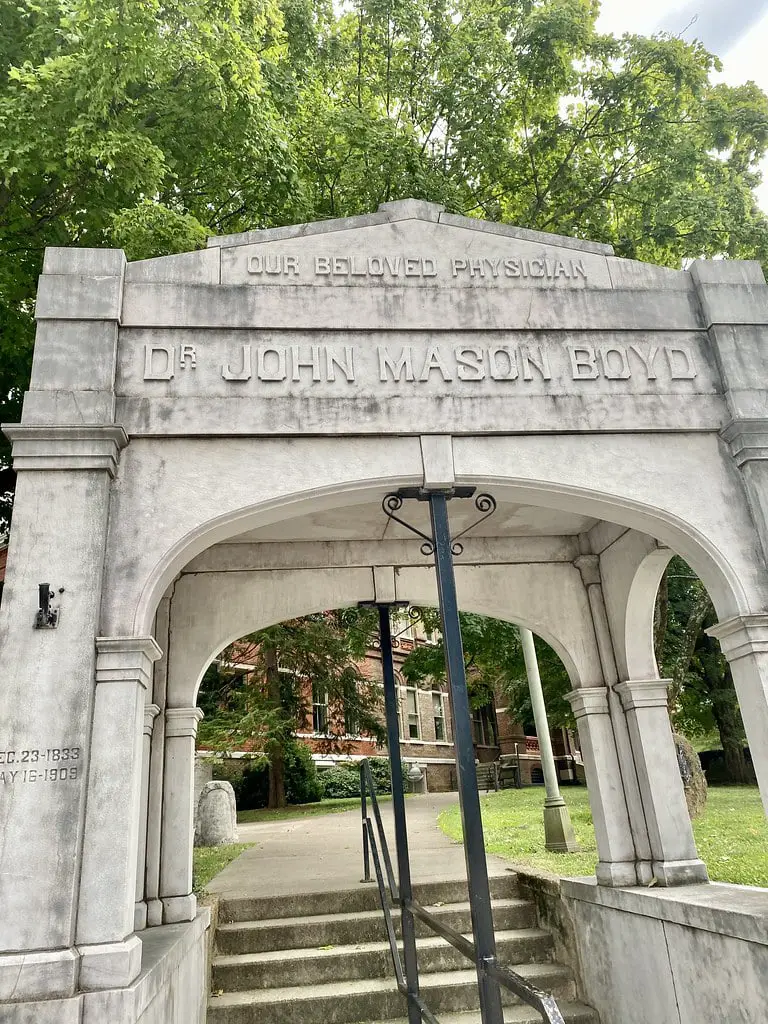
Lawn as Ledger - Monuments and Messages on the Grounds
The Knox County Courthouse lawn carries more than grass and hedges.
In 1889, Tennessee Governor Robert Love Taylor led a group to recover the remains of John Sevier from the Mississippi Territory.
They brought them back and reburied them here, next to the Knox County Courthouse.
A monument went up four years later, in 1893. By 1922, Sevier's second wife, Catherine "Bonny Kate" Sherrill Sevier, joined him.
That reinterment followed a push from former Knoxville mayor Samuel Heiskell.
Then came a third name, Sarah Hawkins, Sevier's first wife.
Her body remained elsewhere, but in 1946, a descendant named Mary Headman placed a stone marker honoring her on the lawn.
That move gave the space a family narrative, even if the remains were split between states.
The monuments didn't stop with Sevier's family. A marble arch near the Gay Street and Main Street corner honors Dr. John Mason Boyd (1833-1909).
A few feet away, other plaques and stones mark earlier episodes, like the 1790s federal blockhouse once on the same site.
That structure had shown up in local lore, and even in a Lloyd Branson painting.
One stone recognizes Knoxville as Tennessee's first capital.
Another marks the 1791 Treaty of Holston, signed nearby.
Then there's "The Hiker." It stands in military pose and was installed by veterans of the Spanish-American campaign.
According to county records, it honors those from Knox County who gave their lives while serving in that 1898 conflict.
Together, these installations cover a range of territorial expansion, military history, statehood, and medicine.
The courthouse doesn't just hold papers inside. It records names on the lawn, too.
From Literature to Lyrics - The Courthouse in Stories and Songs
The red brick and towered Knox County Courthouse has kept showing up, sometimes between the lines, other times in plain view.
Cormac McCarthy used it in two books.
In his 1965 debut, The Orchard Keeper, one character carries a fallen chickenhawk into the courthouse and trades it for a $1 bounty.
It's a throwaway moment unless you know the building and the local policy it reflects.
Then, in Suttree (1979), McCarthy takes the sound of the courthouse bell and compares it to a fog warning along a distant, shrouded coast.
He didn't dress the place up. He let it stand as background noise to a different kind of Knoxville.
The Knox County Courthouse made its way into country music, too.
Hank Williams Jr. named it directly in "Knoxville Courthouse Blues." That track aired its troubles through references to local authority, anchored right to the building itself.
Whether listeners agreed or not, the building had become a stand-in for bureaucratic weight.
In 1917, a different kind of public voice showed up.
Maud Younger, a suffragist from California, arrived to speak on women's right to vote.
She'd planned to speak inside but was turned away.
So she stood on the courthouse steps and addressed a crowd of 500.
According to local newspaper reports, the street filled quickly.
That moment gave the building a place in Tennessee's suffrage record, ahead of the state's ratification vote in 1920.
The Knox County Courthouse didn't need a script. It kept appearing wherever people needed a symbol, loud, legal, or local.
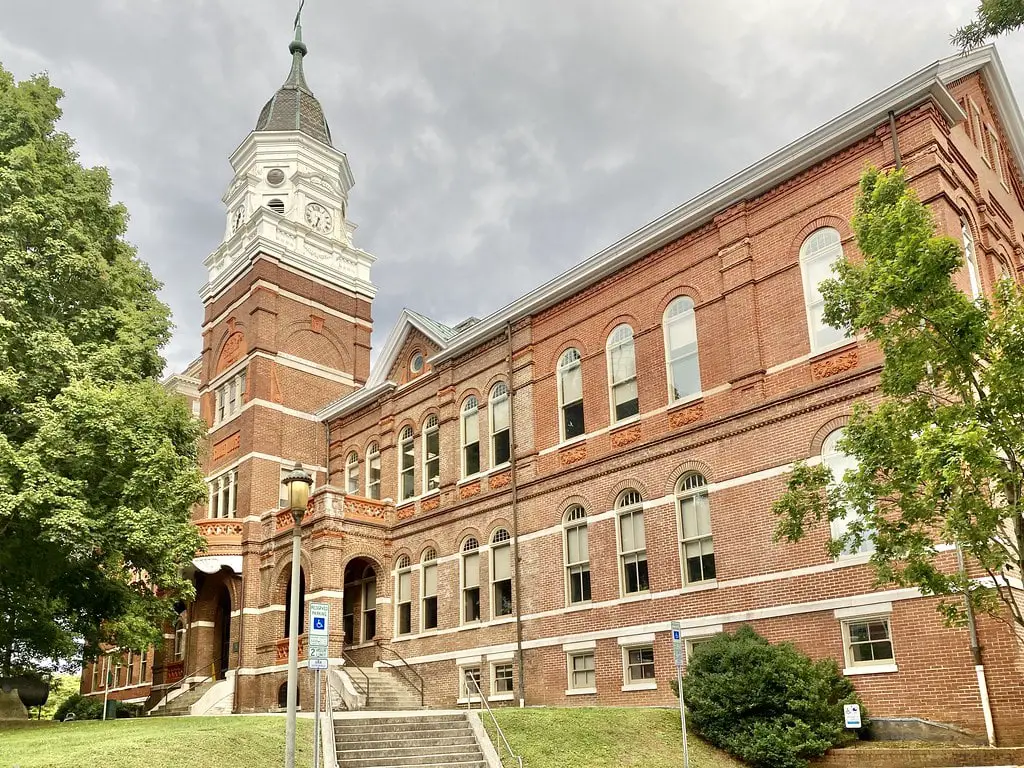
🍀

